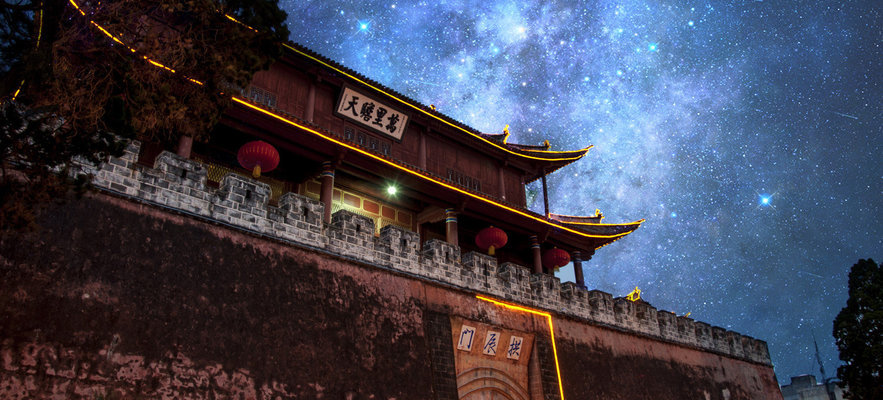Some 70 km south of famous Dali Old Town, a cozy, picturesque and secluded little city is located: Weishan (巍山). Not as famous but also not as crowded as the ancient centers of Dali, Lijiang or Shangri-La, Weishan's old town enjoys a long history as well as a great diversity of culture. Other than at Yunnan's major tourist hot spots, Weishan Old Town puts great importance on sustainably developed tourism, protecting and maintaining its heritage and culture.

Weishan Old Town (巍山古城) or Menghua City (蒙化城) as it was known formerly, used to be part of the Nanzhao Kingdom's capitol city (738-902). Located in a fertile valley surrounded by hills and mountains, it was also another stopover of the ancient Tea & Horse Road. Even though the old kingdom is no longer existent of course, old architecture can still be marveled at and also traditional costumes are still worn today. Several ethnic minorities live together in this area for centuries already, especially people of the Yi and the Hui (Chinese Muslim). Valuable heritage is well-protected and widely spread, creating a mixed cultural atmosphere.
Also here, different people of course have their own life style. In Weishan, Yi people mostly live in the mountainous areas and the Hui are rather gathered in small villages of the valleys. But when it's market day in Weishan, it couldn't get more colorful in Weishan Old Town, when all sorts of people bring all sorts of goods and food for selling and trading. A good occasion to experience such a multicoloured event is the Weishan Snack Festival, usually taking place in February or March. In the meanwhile, it's quite a popular feast in Yunnan.
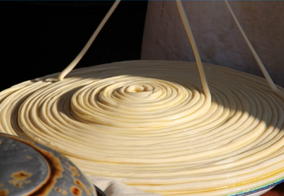


Deeply influenced with Taoist conception, people here are letting things take their own course (wuwei 无为), they are friendly and highly comprehensive with diverse cultures. In another aspect, many are satisfied with the existing state of affairs and reluctant to move forward. A wide range of simple and old-style shops, stalls and workshops ran by local people since ages, prove that a highly developed economy outside of the area doesn’t really has great influence.

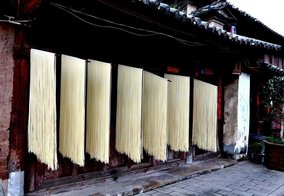

Old architecture can be found everywhere in this old town. People live, study, work, entertain themselves, eat and die in these old buildings. A big change for the ancient architecture was though when a big fire destroyed the centrally located Gongchen Archway in January 2015. The 650 years old building burnt down during the night. It was nicely rebuilt already in a couple of months afterwards but the original beauty cannot be recovered.


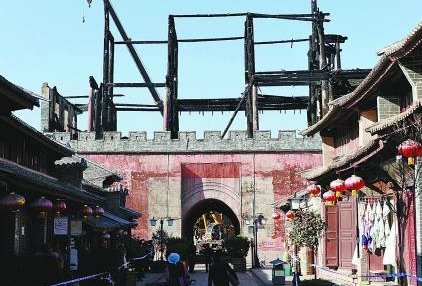
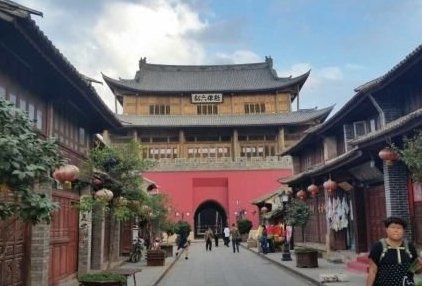
Spend a leisure day or two in this charming little city with its still authentic old town. Feel the cozy atmosphere, enjoy local snacks and learn more about Taoism at closeby Weibaoshan Mountain. Please don’t hesitate contacting us if you want us to arrange you a relaxed trip to Weishan!
- 1011 reads
- Like this






